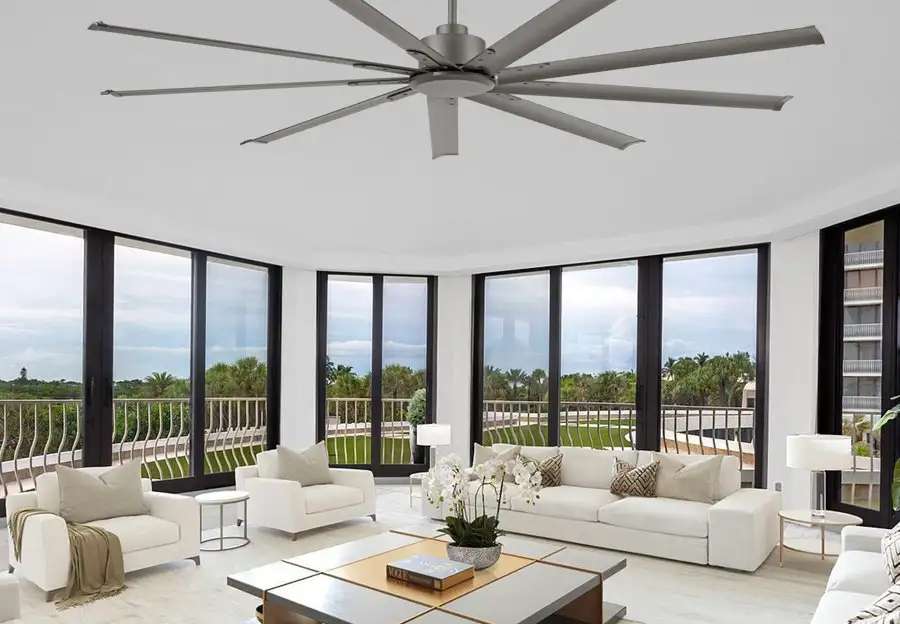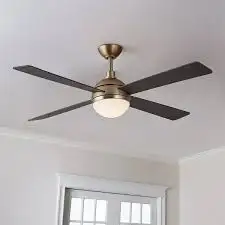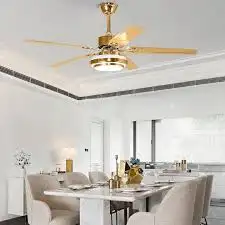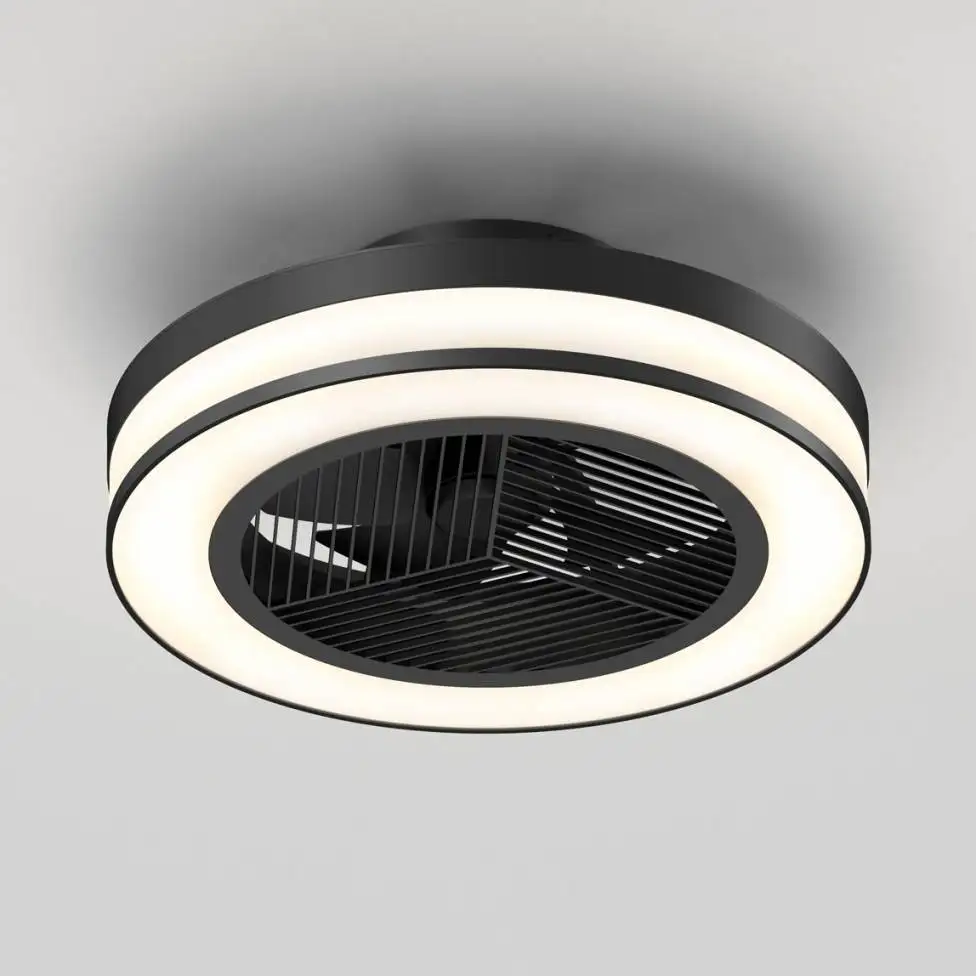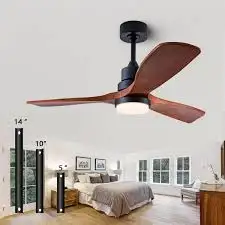Transform Your Space with a Stylish Ceiling Fan for Concrete Ceilings
Understanding Concrete Ceilings
Concrete ceilings are a common architectural feature in modern homes and commercial spaces. They provide a robust, industrial aesthetic that can sometimes limit design choices. However, integrating a stylish ceiling fan can not only enhance the aesthetics of the space but also improve air circulation and comfort levels. The challenge lies in finding the right quạt trần gắn trần bê tông that complements the raw beauty of concrete while offering functionality.
Choosing the Right Ceiling Fan
When selecting a ceiling fan for a concrete ceiling, several factors should be considered to ensure you choose the best option for your space. Here are some key points to keep in mind:
- Size: Determine the appropriate fan size based on the room dimensions. A fan that is too small will struggle to circulate air effectively, while a fan that is too large may overpower the space.
- Style: Look for designs that enhance the industrial vibe of concrete. Fans with metallic finishes, wood accents, or minimalistic designs can harmonize with the concrete texture.
- Mounting: Pay attention to the mounting options. Flush mount ceiling fans are ideal for lower ceilings and provide a sleek look that stays in line with the concrete architectural style.
- Efficiency: Opt for energy-efficient models that can help reduce electricity costs while keeping your space comfortable throughout the year.
Installation Considerations
Installing a ceiling fan on a concrete ceiling requires some additional considerations compared to standard drywall ceilings. Here are a few important points to consider:
- Weight Support: Ensure that the mounting bracket and hardware used are suitable for concrete. Heavy-duty anchors may be necessary to support the weight of the fan securely.
- Wiring: Consult a professional electrician if you are unsure about the wiring process, as concrete may require specific adaptations for electrical installations.
- Height Clearance: Make sure the fan is installed at an appropriate height to avoid any safety issues and to maximize airflow.
Enhancing Aesthetic Appeal
A stylish ceiling fan can serve as a statement piece that adds character to your room. When considering how to enhance the aesthetic appeal of your space, keep the following tips in mind:
- Color Coordination: Choose a fan color that complements the existing color palette of your room. Neutral tones can bring out the beauty of the concrete while adding warmth.
- Accessorizing: Use additional décor elements to create a cohesive look. Light fixtures, wall art, and furnishings should harmonize with the fan design to create a well-balanced space.
- Unique Features: Some fans come with unique features such as integrated lighting or remote control functionality, which can add to their appeal and convenience.
Benefits of Installing a Ceiling Fan
Improved Air Circulation
One of the most significant advantages of installing a quạt trần gắn trần bê tông is enhanced air circulation. Here are several benefits of improved airflow:
- Comfort: A ceiling fan helps distribute air evenly throughout a space, providing a cooling effect in warmer weather and assisting in heat distribution during colder months.
- Energy Savings: By using a ceiling fan, you can raise your thermostat by a few degrees in the summer, significantly reducing energy costs.
- Humidity Control: Airflow from ceiling fans can also help manage indoor humidity levels, promoting a more comfortable living space.
Visual Interest
A ceiling fan isn’t just functional; it can also serve as a focal point in a room. Here are ways ceiling fans enhance visual interest:
- Design Versatility: With various designs available, from sleek modern options to rustic styles, there is a ceiling fan suitable for every type of décor.
- Color and Material Variety: Fans are available in a range of colors and materials that can add texture and depth to a room’s design.
- Lighting Options: Many ceiling fans come with integrated lighting, providing both illumination and aesthetic appeal in one fixture.
Environmental Benefits
Incorporating ceiling fans into your home is not only smart for comfort but can also have positive environmental impacts. Consider the following:
- Reduced Carbon Footprint: By using ceiling fans to help manage indoor temperatures, the reliance on air conditioning can be minimized, leading to lower energy consumption and a reduced carbon footprint.
- Eco-Friendly Options: Many modern ceiling fans are designed with energy-efficient technologies, further helping to lessen environmental impact.
- Sustainable Materials: Some fans are made from Eco-friendly materials, appealing to those who prioritize sustainability in home design.
Maintenance and Care for Ceiling Fans
Regular Cleaning
To ensure the longevity and effectiveness of your ceiling fan, regular maintenance is essential. Keeping your fan clean not only enhances its appearance but ensures optimal performance. Here are some maintenance tips:
- Dusting: Regularly dust the fan blades and housing to prevent the buildup of dirt and debris, which can impede airflow.
- Wipe Down: Use a damp cloth to wipe down the blades and ensure they remain clean and free of grime.
- Check for Loose Parts: Periodically check for any loose screws or hardware and tighten as necessary to maintain safety and performance.
Seasonal Checks
Conducting seasonal checks is a good practice to ensure your ceiling fan operates efficiently year-round. Here’s what to look for:
- Summer Mode: Ensure the fan is set to rotate counterclockwise during summer months to create a cool breeze.
- Winter Mode: In colder months, switch the fan direction to clockwise to circulate warm air that rises to the ceiling.
- Inspect Electrical Components: Check the wiring and electrical components to ensure there are no signs of wear or damage.
Professional Servicing
While regular upkeep is vital, there may be instances where professional servicing is required. Consider these situations:
- Loud Noises: If your fan produces unusual sounds, it may need servicing to identify and resolve the issue.
- Poor Performance: If airflow seems insufficient, inspect for mechanical issues and consult a technician for repairs.
- Replacement Parts: If any components require replacement, enlist a professional to ensure proper installation.
Frequently Asked Questions (FAQ)
Can I install a ceiling fan on a concrete ceiling myself?
While it is possible to install a ceiling fan on a concrete ceiling yourself, it is often recommended to hire a professional, especially if you are unfamiliar with electrical work or the required anchoring methods.
What size ceiling fan do I need for my room?
The size of the ceiling fan you need depends on the room dimensions. For example, a fan with a blade span of 44 inches is suitable for a room up to 225 square feet, while larger rooms may require fans with 52-inch blades or more.
Are there ceiling fans specifically designed for concrete ceilings?
Yes, there are ceiling fans designed specifically for concrete ceilings. Look for models that come with appropriate mounting hardware and support to ensure safe installation on concrete surfaces.
